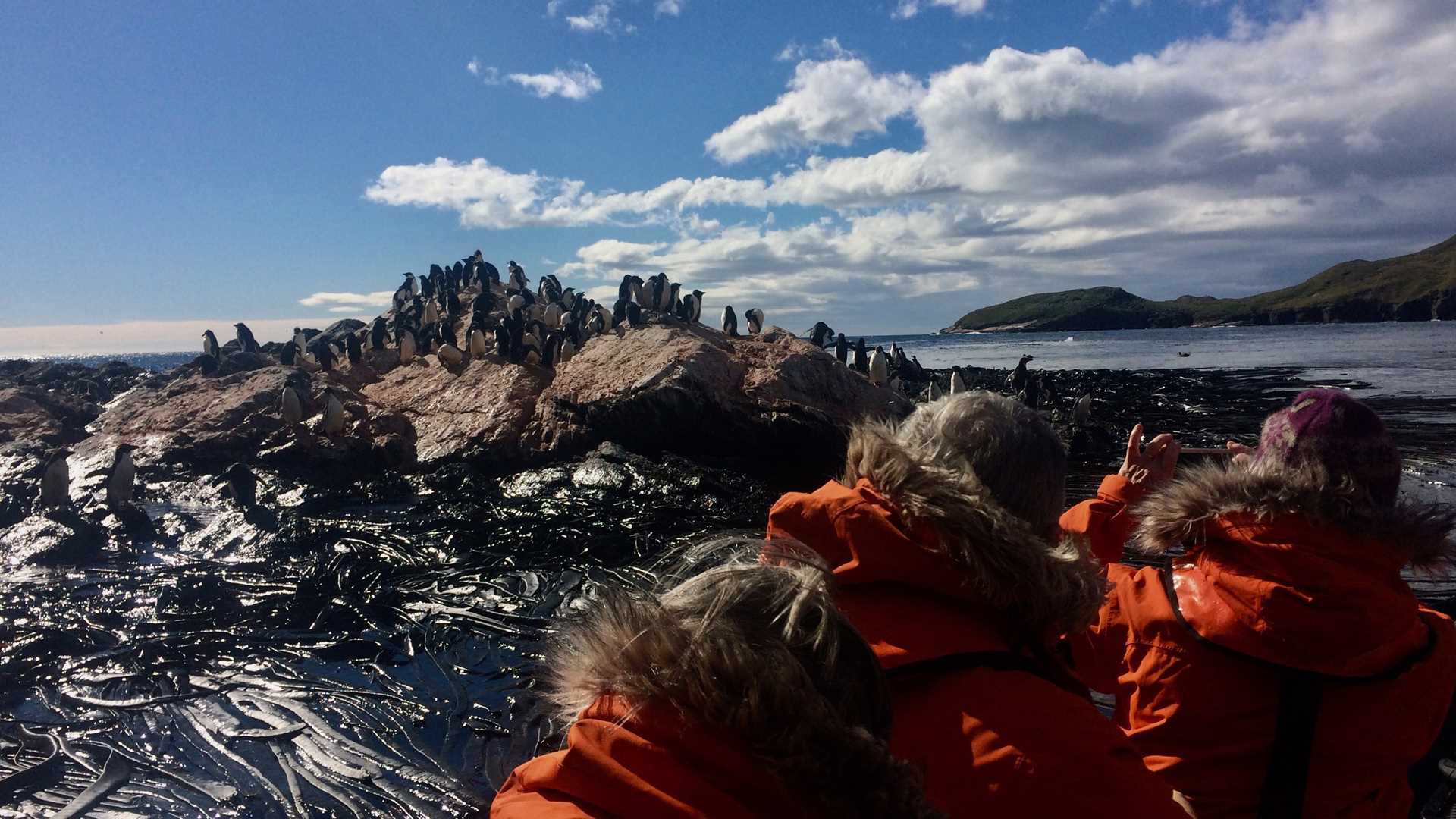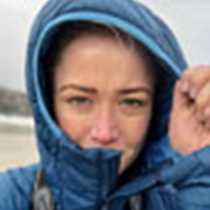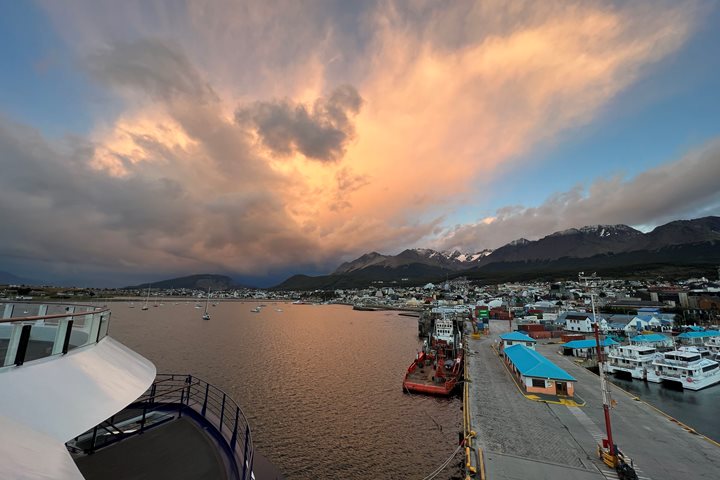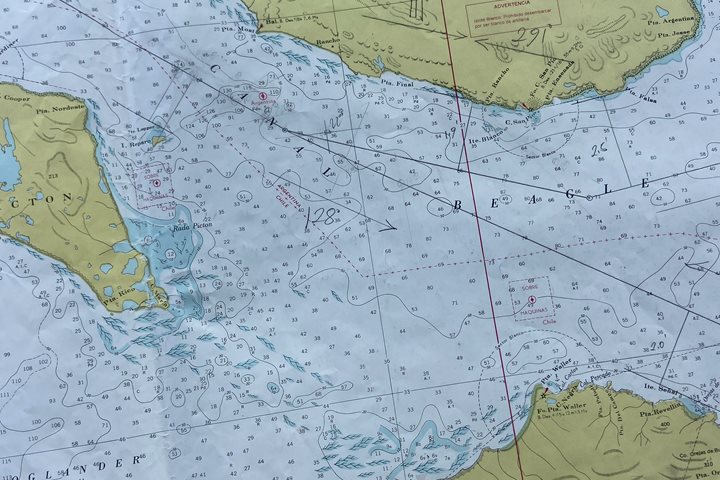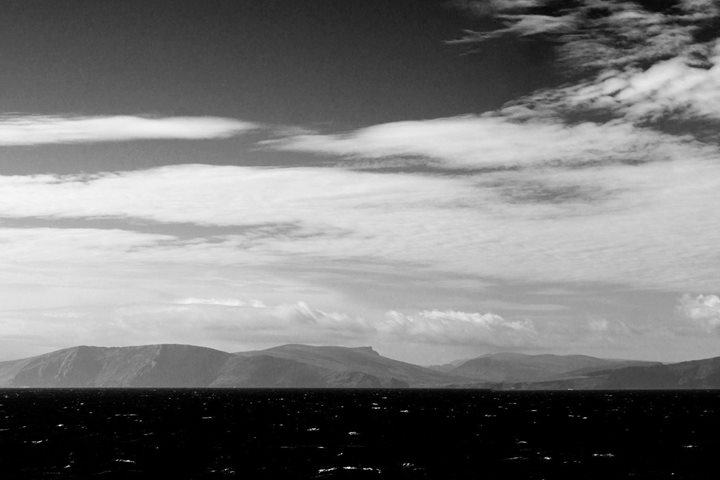Upon deciding to come on an expedition to South Georgia it is highly likely the following questions were asked of you by curious friends, colleagues and family members:
“Where is South Georgia?”
Well, it’s in the middle of the Southern Ocean, 2050km (1270 miles) east from Cape Horn and 1450km (900 miles) east from the Falkland Islands. It’s in the middle of nowhere basically.
So then you were likely swiftly asked:
“Why would you want to go there? Isn’t it cold and rough?”
Well, yes.
How you choose to answer “Why would you want to go there?” is at each and every individual’s discretion. We could regale countless reasons to come here. Each of us has our own motivations. South Georgia’s impressive geology and geography has carved tremendous mountain peaks, some still holding glaciers beneath them, others stripped bare by the fierce winds that whip up without warning on this remote and weather beaten island. The enthralling and startling history, from Shackleton’s epic journey of endurance to the days of industrial whaling, is another reason many people chose to venture out here. But perhaps the primary intention of most visitors to South Georgia is the wildlife.
Yes, this island is remote. Yes, it is windswept. And yes, the seas can get rough as we sail around this towering island on board our vessel the National Geographic Explorer. But for some animals it is a mecca of our oceans, the hub of their livelihoods. The seas we are sailing through are teaming with productivity and for the penguins, seals and whales that call South Georgia their habitat, it provides bountiful resources in the summer months.
Today as we hiked over some of this rugged yet enticing island’s more mellow geography, from Cobbler’s Cove and over the breast of a hill, we were met with hundreds of macaroni penguins. These little penguins with their yellow tufts of feathers on their heads were assembled down below us amongst the self-descriptive tussock grass and clustered along the surging shoreline. To us they seemed to be urging one another to be the first to leap into the water. But leap they must—they have chicks to feed and the rich South Georgia waters are abundant with their prime food source—Antarctic krill (Euphausia superba).
For those of us not so keen to hike through the tussock grass there was ample opportunity to enjoy these characterful penguins from the comfort of a Zodiac. It is not often you get such excellent views of the macaroni penguins: they have a tendency to nest at a height. Add to this South Georgia’s unpredictable weather and often rough swell conditions, the opportunity to take a Zodiac close enough to their colonies is a fine chance and one many of us took with enthusiasm.
If getting to see the macaroni penguins up close with the Zodiac wasn’t quite enough to satisfy our wildlife needs for the day—the bar was set rather high yesterday with over 300,000 king penguins—then our ever eager expedition leader Russ Evans was ready to impress us once again. By 3 p.m. we were being launched into the kayaks having arrived in the amphitheatre of rock and mountain that is Hercules Bay. Once a “holiday spot” for the whalers that were stationed at the larger industrial sites on the island, this petite bay is another area where we hope to encounter macaronis. However, the chance to use a kayak and paddle up to them, well, that’s only a possibility on one of South Georgia’s finest days.
So now when you get home and your curious friends, colleagues and family members ask you: “So how was the trip to that island in the middle of nowhere?”
I’m sure you will have an endless supply of almost unbelievable stories. Perhaps “I went kayaking in the Southern Ocean to see macaroni penguins” can be the story you begin with. Or maybe you can tell them that one after the story from yesterday “I walked to a lookout over a colony of over 300,000 king penguins”. All of us have our own motivations for visiting South Georgia. Whatever they are, all of us are humbled by the opportunity to be here.

